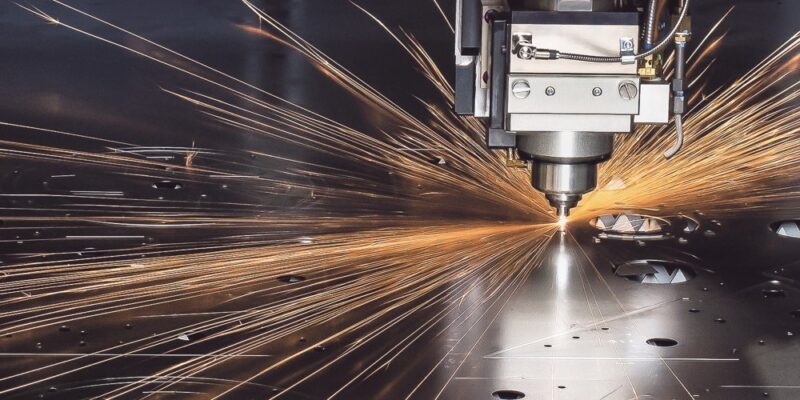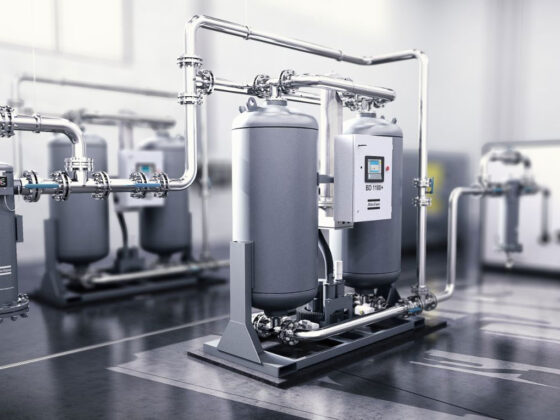The world of laser cutting has revolutionized the way we interact with our environment. From its use in manufacturing to its application in a range of industries, laser-cutting technology has enabled us to explore and manipulate our surroundings like never before.
But just how much does this advanced technology affect the environment? In this article, we will take an in-depth look at the environmental impact of laser cutting and what it means for our future. We will explore topics such as energy efficiency, waste reduction, and air pollution, giving you a comprehensive understanding of how this powerful tool is impacting the planet today.
Overview of Laser Cutting Technology

Laser-cutting technology is a versatile and efficient manufacturing technique used in a variety of industries. It involves the use of laser beams or optical fibers to cut through materials, typically paper, cardboard, textiles, plastics, and metals. This high-precision process offers numerous advantages over traditional methodologies such as greater accuracy and faster production times.
Additionally, it can be used for intricate designs that would otherwise not be possible with other methods. As such, laser cutting has become increasingly popular among manufacturers around the world due to its cost-effectiveness and efficiency when compared to alternative technologies.
Despite these advantages, however, there are still certain environmental impacts associated with this technology which must be taken into consideration before using it for mass production purposes.
Environmental Impacts of Laser Cutting

Laser cutting has become a popular technology in the manufacturing industry due to its impressive precision and speed, but it is not without environmental concerns. Laser cutting produces hazardous fumes from the materials being cut, which can be harmful if inhaled or otherwise exposed.
Additionally, laser-cutting machines generate a considerable amount of heat that must be dissipated into the environment. This raises concerns about potential long-term damage to local ecosystems and air quality.
The chemicals used in laser cutting may also find their way into groundwater supplies unless they are properly disposed of or recycled according to regulations. Finally, laser cutting generates sound pollution when operated at high levels; this can cause disruption for nearby communities as well as wildlife habitats.
Each of these factors should be taken into consideration when assessing the total environmental impact of using laser cutters.
Strategies to Reduce Environmental Impact from Laser Cutting

Laser cutting is becoming an increasingly popular task within the manufacturing industry. Unfortunately, it can have a significant environmental impact due to its consumption of electricity and its production of air pollutants.
However, there are ways to reduce the environmental impact of laser-cutting processes. One potential strategy is optimizing gas usage for laser-cutting operations. By using appropriate gases correctly, you can save energy and create less pollution overall.
Conclusion
The use of laser cutting technology has become increasingly popular over the years, and its environmental impact should not be ignored. Laser cutting can reduce energy consumption, generate fewer waste materials, and create less dust than traditional manufacturing methods.
This makes it a great choice for those looking to reduce their carbon footprint while still achieving accurate results in their projects. However, like any form of manufacturing process, there are still some potential environmental concerns associated with laser cutting that must be taken into account before using such a method.
To learn more about how this technology affects the environment and what precautions should be taken when using it, contact an experienced laser-cutting service provider today.


